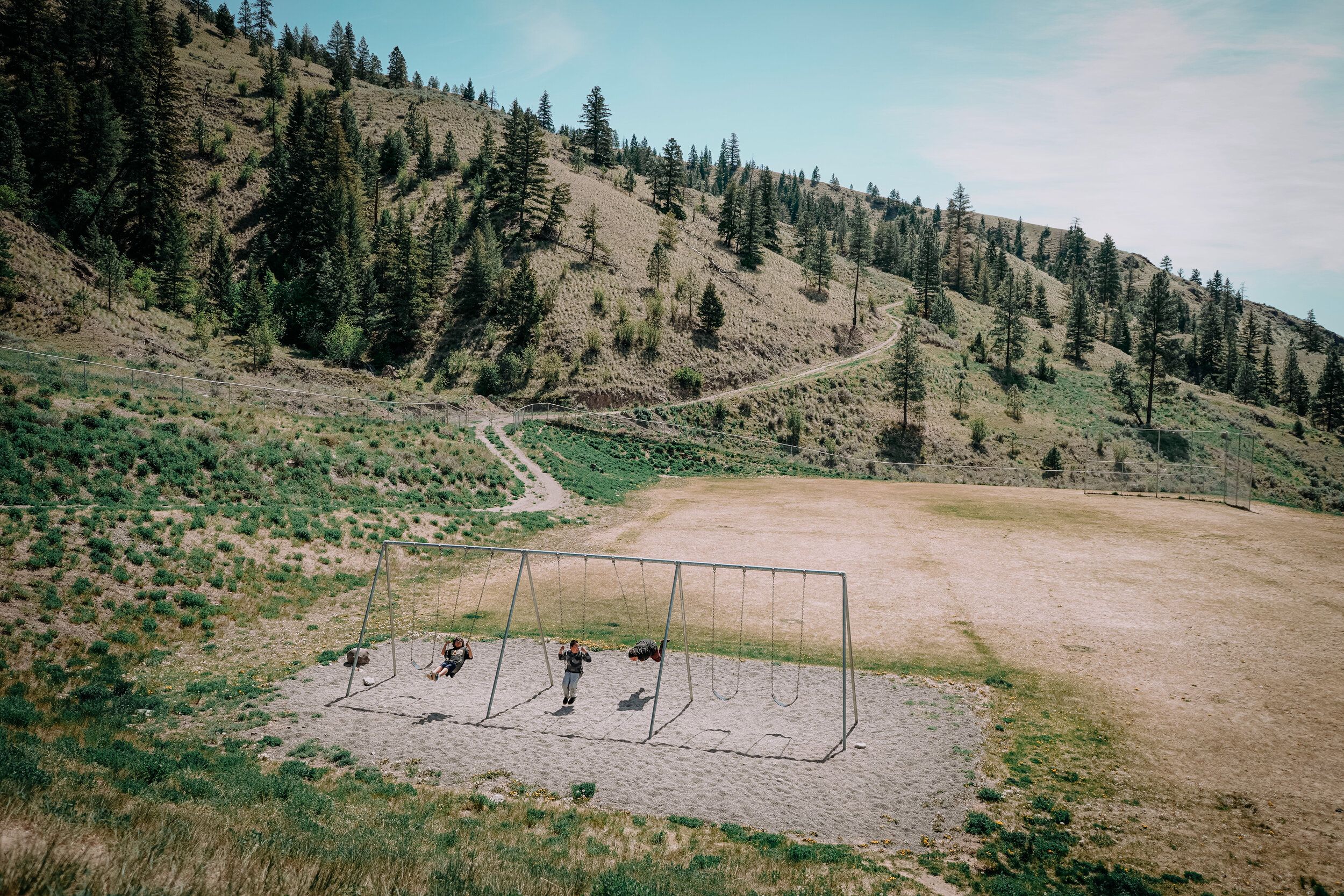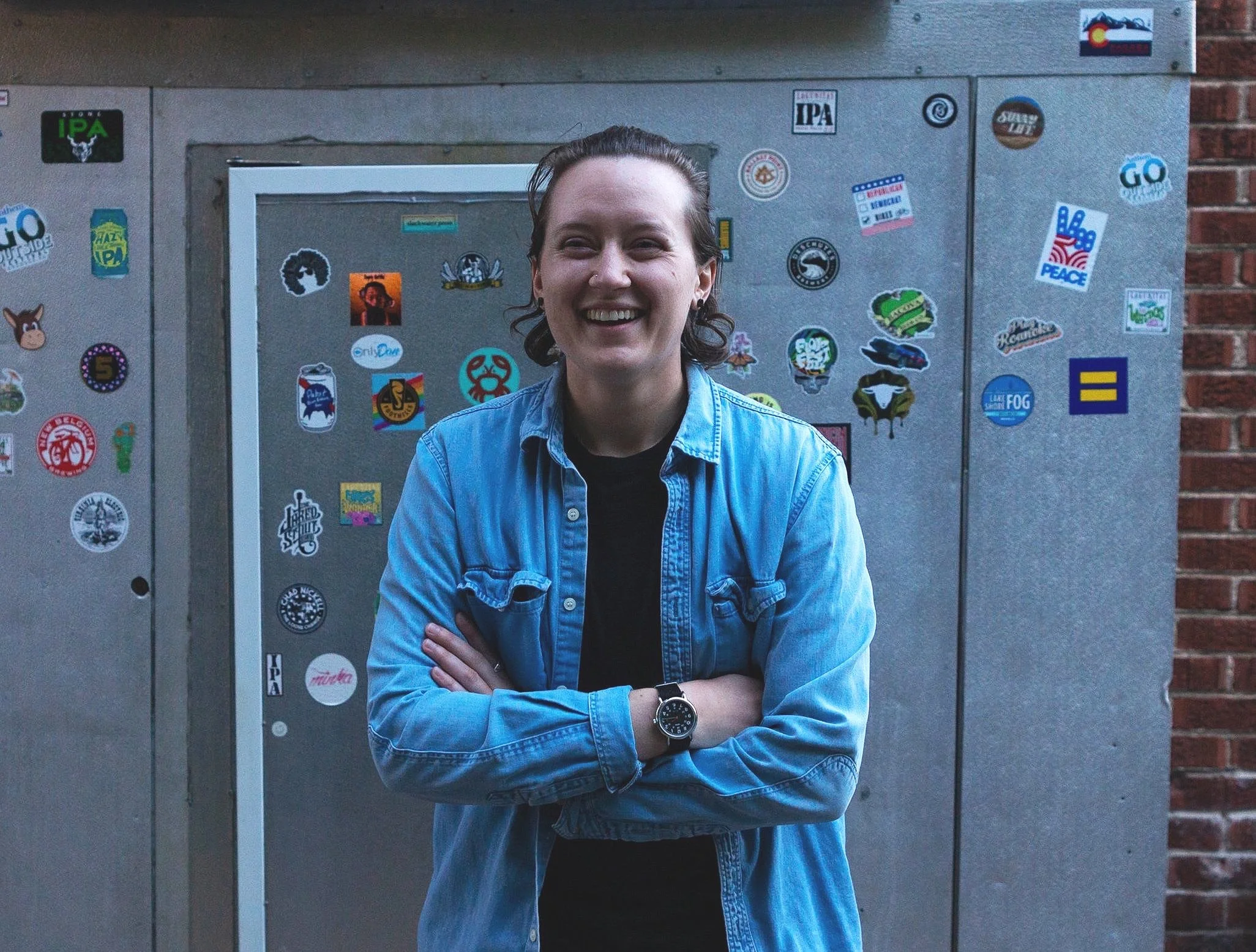The following article was originally featured in PWB's 15th annual Print Magazine and has been updated for online publishing.
Images by: Paul David Shea | Words by: Darshel Diaz
Indigenous Peoples have a long-standing, deep relationship with the land currently known as Canada. It's the birthplace of unique cultures, languages, identities, traditions and institutions. As non-Indigenous Peoples moved across the land, the treaties of 1763 and 1871 set the stage for early partnerships between Indigenous nations and the British Crown. Founded on the promise of cooperation and mutual respect, treaties marked agreements for trade, military alliances and boundaries.
Over the years, these partnerships failed to be honoured due to colonial and patriarchal policies, including attempts at extinguishment of Aboriginal rights by the Canadian government. In an attempt to reconcile the frayed relationship between Indigenous Peoples and non-Indigenous Peoples, a movement is underway to honour the constitutionally protected status of Indigenous Peoples based on their pre-existing title and rights to the land. In some parts of Canada, notably the majority of British Columbia, Indigenous Peoples never signed treaties or ceded land in formal agreements with settlers.
Kamloops Lake, Paul Davis Shea
In 2014, after a twenty-year court battle, the Supreme Court of Canada established the Aboriginal land title of Tsilhqot’in Nation for the first time in Canadian history. This was an enormous victory not just for Tsilhqot’in Nation, ensuring Tsilhqot’in lands are governed and managed by the Tsilhqot’in, but a hopeful precedent for other Indigenous Nations.
"This is important. We all need to work to uphold Indigenous rights and sovereignty over their lands, air and water," says Andrea Palframan, Director of Communication at RAVEN.
RAVEN (Respecting Aboriginal Values and Environmental Needs) is a nonprofit charitable organization that collaborates with Indigenous communities in Canada to provide access to justice when they are pursuing legal challenges to assert their rights. Founded in 2009, RAVEN fights alongside Indigenous communities to uphold various forms of environmental stewardship, including land and water protection rights—especially when in opposition to government interests and large corporate bodies, such as oil companies.
Monetary support for RAVEN’s work comes through distributed networked fundraising, such as online crowdfunding and community events. So far, the organization has raised millions of dollars to defend the rights of Indigenous People guaranteed by the Canadian Constitution and treaties.
With assistance from RAVEN Trust, the Stk’emlupsemc te Secwepemc Nation (SSN) filed an Aboriginal title claim to the B.C. Supreme Court for the Pípsell area in 2015. The B.C. Environmental Assessment Office has recognized that SSN has “a strong prima facie claim” to the area. In 2017, the community successfully blocked the construction of an open-pit gold and copper mine that had been proposed for the site.
Passing knowledge on to future generations is more than just a cultural process. Within the Secwepemc legal framework, the concept of 'storied places' enshrines Aboriginal jurisdiction over sacred sites and places of cultural significance into law. One of the key strategies being deployed in the title case involves the collection of oral histories and accounts from elders and community members.
Robert Simon visits Pipsell, a site sacred to Indigenous People. It's the cradle of the ‘Trout Children Story,’ an epic ancestral oral story that connects Secwepemc people to the area; that for generations sustained their laws, culture, customs and practices.
Indigenous language, culture and way of life continue to be threatened by the state's actions and current assimilation tendencies. The Secwepemc community is committed to reinvigorating its traditions by learning from the elders and passing knowledge on to their children and grandchildren. “Every person has a right to clean air, clean water, properly managed lands for foods, spirituality and economic enterprises," says Robert Simon, a Secwepemc community member.
John Borrows, a member of RAVEN’s legal advisory board and Canada Research Chair in Indigenous Law at the University of Victoria, says, "We are the legal agents in this world—we all have the opportunity to practice law. Sometimes that's done by standing with Indigenous Peoples and working with them in direct ways. But it also means, in some instances, providing resources to help Indigenous Peoples as they raise their voice. So providing resources is actually a practice of law. It's a custom that can put us in relationship with one another."
That relationship between Indigenous Peoples and the Canadian government was put to the test in 2019, when the controversial Coastal GasLink (CGL) Pipeline received state approval. The intended 670 km pipeline is meant to carry fracked gas from Dawson Creek to a proposed liquified natural gas facility located on the coast of Kitimat, B.C. Hereditary Wet’suwet’en Chiefs strongly oppose the construction of the CGL Pipeline on the notion that its creation would irreversibly transform the territory's ecology through groundwater pollution, fossil fuel extraction, and the disruption of hundreds of salmon-bearing streams.
Beyond the disastrous environmental impact, building the CGL Pipeline requires “man camps”—temporary housing facilities that accommodate mainly male employees on resource development projects in the oil, pipeline, mining, hydroelectric and forestry industries. Historically, man camps are associated with increased rates of sexual violence and sex trafficking among Indigenous women and girls.
Research done by the National Inquiry on Missing and Murdered Indigenous Women and Girls (MMIWG) found that man camps and extractive industries are hotbeds for violence. The MMIWG Report states: "resource extraction can drive violence against Indigenous women and girls in several ways, including issues related to transient workers, harassment and assault in the workplace, rotational shift work, substance abuse, and economic insecurity...resource extraction can lead to increased violence against Indigenous women at the hands of non-Indigenous men, as well as increased violence within First Nations, Métis, and Inuit communities." The MMIWG Report found that this violence, coupled with Canada’s failure to act, amounts to genocide against Indigenous Peoples.
To protect their people and reclaim their rights, Wet'suwet'en Hereditary Chiefs elicited the assistance of RAVEN on two legal actions against CGL. The first legal action, by all Wet’suwet’en hereditary chiefs acting in unity, sought to invalidate CGL’s permits through a judicial review. RAVEN ran a fundraising campaign for this case and raised $90,000. Up against national banks, private companies, and political powerhouses, the Chiefs lost the initial case. However, a second Wet’suwet’en legal action — a Charter of Rights challenge on behalf of Wet’suwet’en future generations — is headed to court later this year or in early 2022.
To date, RAVEN has raised over six million dollars and has assisted in several notable victories for Indigenous communities, including the Pull Together campaign which resulted in the cancellation of the Enbridge Northern Gateway pipeline; a Supreme Court challenge that protected 67,431 hectares of land and water in the Yukon’s Peel Watershed; and a halt to open pit mining protecting sacred Fish Lake (Teztan Biny) in Tsilhqot'in territory. No matter the obstacle, the team continues to advocate for Indigenous rights.
"Indigenous stories tell of the raven as a trickster [a character that causes change]. RAVEN takes on challenges that seem impossible. And in this way, we're reshaping and transforming the world," says Andrea.
To support RAVEN and learn more about the organization's work, visit https://raventrust.com/.
Resources
https://www.mmiwg-ffada.ca/final-report/
https://thecanadianencyclopedia.ca/en/article/aboriginal-treaties
https://www.rcaanc-cirnac.gc.ca/eng/1100100028574/1529354437231
https://www.thecanadianencyclopedia.ca/en/article/numbered-treaties
More good reads…













